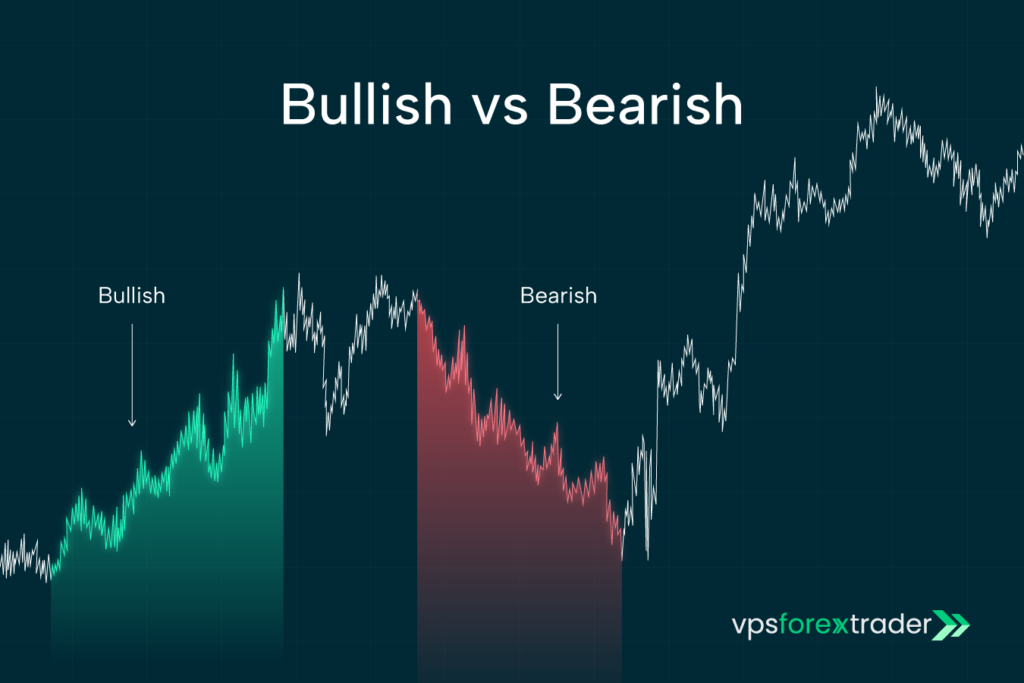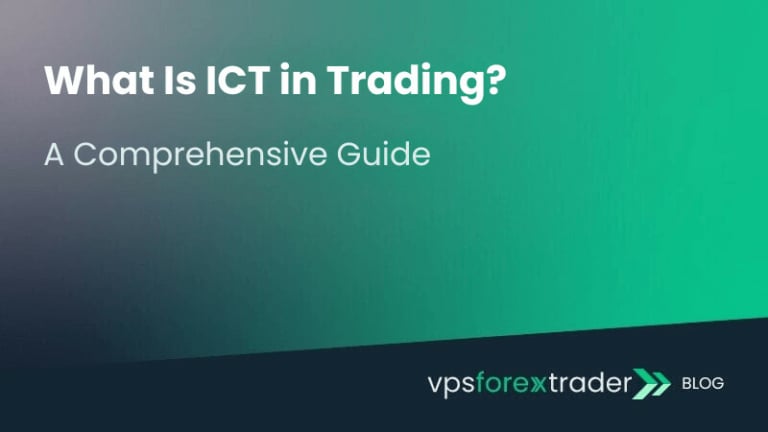In any financial market, the overall price trend is a reflection of how the investors or traders participating in the market feel about it. This is known as market sentiment. To gain an edge in the market, you need to understand market sentiment, as it is considered a powerful tool that can give you an idea of where the market is heading so you can capitalize on potential direction changes. So what is market sentiment and how do you trade with it? In this article, we will explore market sentiment meaning and how to leverage it in trading.
Market Sentiment: Meaning and Definition
To truly understand why this concept is important let’s begin with market sentiment meaning. Also known as investor sentiment, market sentiment refers to the general attitude or outlook of investors towards a particular security or the market as well. It is either a sense of optimism or pessimism and it dictates the overall price trends in the market.
Based on this market sentiment definition, we can infer just how important market sentiment is to forex trading. Market sentiment is the reason investors have opportunities to trade in the first place. It drives demand and supply, which in turn leads to upward or downward price movements.
Bullish vs. Bearish Sentiment: What They Indicate
The sentiment in any market is typically described as either bullish or bearish. When the market has a bullish sentiment, it means stock prices are rising and investors are optimistic about the asset’s value which causes them to buy more.
On the flip side, a bearish sentiment means prices are going down. Consequently, investors and forex traders are selling more than they’re buying. This combination of low demand and high supply makes investors take a defensive position to protect their investments.

Tools and Indicators for Analyzing Market Sentiment
Investors often use indicators to measure market sentiment in order to identify the best stocks to trade and potentially favorable opportunities that they can take advantage of. Note that sentiment indicators are typically not used alone. These indicators are typically used alongside other technical and fundamental analysis tools. Here are some of the most widely used indicators for stock sentiment analysis.
- Commitment of Traders (COT): The COT is a market sentiment indicator published by the Commodity Futures Trading Commission (CFTC) on Friday of every week. It shows how the biggest traders in the market, which includes banks, corporations, and hedge funds are positioned. Using this report, investors can determine how these big traders are committed to the current market trends. For instance, if the COT shows a shift in trader attitude towards a bearish sentiment in a market that has been bullish so far, then a trend reversal might be imminent.
- Volatility Index (VIX): this indicator is also called the fear index and it measures the implied volatility of a commodity by tracking options prices. This is why it is considered a useful tool for determining the present and historical sentiments in the market. Investors use options prices to protect themselves against potential price correction. A high implied volatility means there’s a high likelihood that the current trend will change.
- High/low Sentiment Ratio: this is one of the easiest ways to determine if the market sentiment is bearish or bullish. This indicator compares the number of stocks heading to their highest levels to the number heading toward the low within a 52-week period. A prevalent low means the market is bearish while a prevalent high means the bulls are winning.
- Bullish Percentage Index: This is an investor sentiment index that measures how bullish the market currently is using point and figure buy signals. The index measures the amount of stocks that have generated a buy signal. This is expressed as a percentage and individual investors apply a specific threshold to determine if the market is undersold or oversold. Generally, 70 to 80% of stocks having a buy signal suggests that the market is overbought and may likely enter a downturn soon.
- Put/call ratio: this indicator weighs the number of put options against the number of call options. If this ratio is less than one, then more call options are being placed which means investors expect the price to rise. Similarly, a ratio above one means investors expect the market to fall.
How Investor Sentiment Impacts Market Trends
Investor sentiment drives demand and supply in financial markets. This is what leads to price movements in any direction and determines the overall market trend. When the market is in an uptrend, the investor sentiment is bullish. Conversely, when prices are in a downtrend, then the investor sentiment will be bearish. Investors can do a market sentiment analysis by combining the stock market sentiment indicators with other trading frameworks to refine when to enter or exit trading positions.
Stock Sentiment Analysis: Why It Matters
Sentiment analysis is an important tool that helps investors gain valuable insight into the overall forex market outlook and the likely behavior of investors. Some of the potential benefits of analyzing market sentiments in Forex trading include:
- It helps traders understand the overall sentiment, providing context for interpreting other chart patterns or technical indicators.
- Stock sentiment analysis can be used to predict trend reversals which happens when markets become oversold or overbought.
- A divergence between sentiment and price action revealed through stock sentiment analysis could show when an asset is vulnerable to a pullback.
- Sentiment analysis will provide context into herd behavior and crowd emotions. This helps to determine the sustainability of current trends.
How to Use Market Sentiment in Your Trading Strategy
The most common way a sentiment trader would use sentiment is to trade in line with the prevailing market sentiment. This strategy is particularly effective for long-term investors. With investor sentiment analysis, you can determine if the market sentiment is bullish, which means prices are expected to rise. Such markets present a high potential for capital gains and steady dividend income.
However, you don’t necessarily have to trade in line with the herd instinct. Some investors trade against the current market sentiment. For instance, in bearish markets, you could look for beaten-down stocks with strong fundamentals to buy. Such stocks offer great growth potential when prices reverse in the future.
FAQs
What is market sentiment?
Market sentiment refers to the overall outlook or mood of the investors towards a specific stock or the market in general at any given time.
How does market sentiment affect stock prices?
Market sentiment drives the demand and supply of stocks in any market, which in turn leads to price movements. When the sentiment is pessimistic, prices are likely to go down. Conversely, optimistic sentiments will cause stock prices to rise.
What is the difference between bullish and bearish sentiment?
A market is described as having bullish sentiment when prices are rising and investors are optimistic. Conversely, a bearish sentiment indicates waning investor confidence and is characterized by continuously declining prices.
How can I analyze market sentiment?
Technical indicators are used to analyze and measure market sentiments. You can also look at price movements, and put or call ratios, and analyze the impact of market news on investor emotions.
What are the best market sentiment indicators?
Some of the best market sentiment indicators include Commitment of Traders, Volatility Index, Bullish Percent Index, and Moving averages.
How does sentiment analysis influence trading decisions?
Sentiment analysis can be useful for identifying current trends and potential reversals. It is a valuable tool for identifying trading opportunities and managing your risks as a trader.







